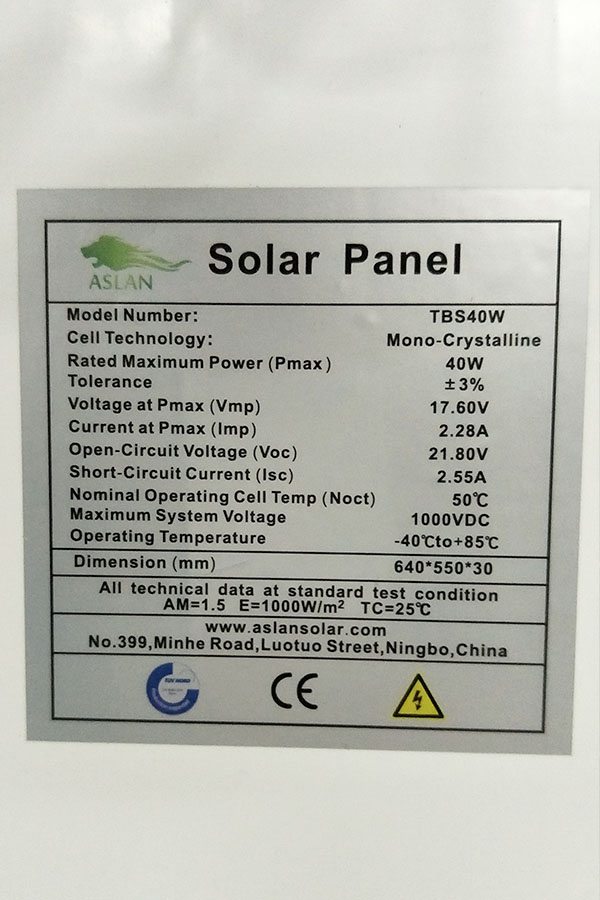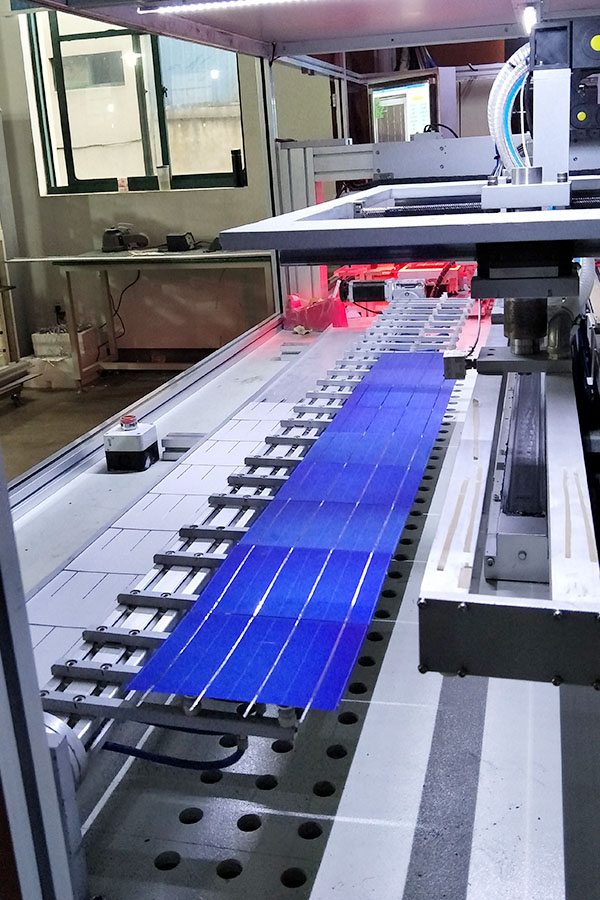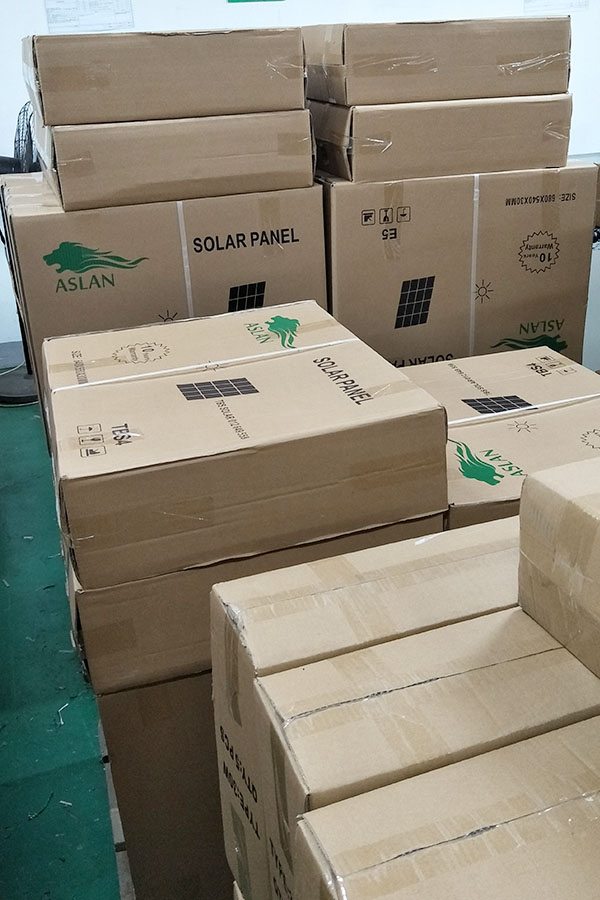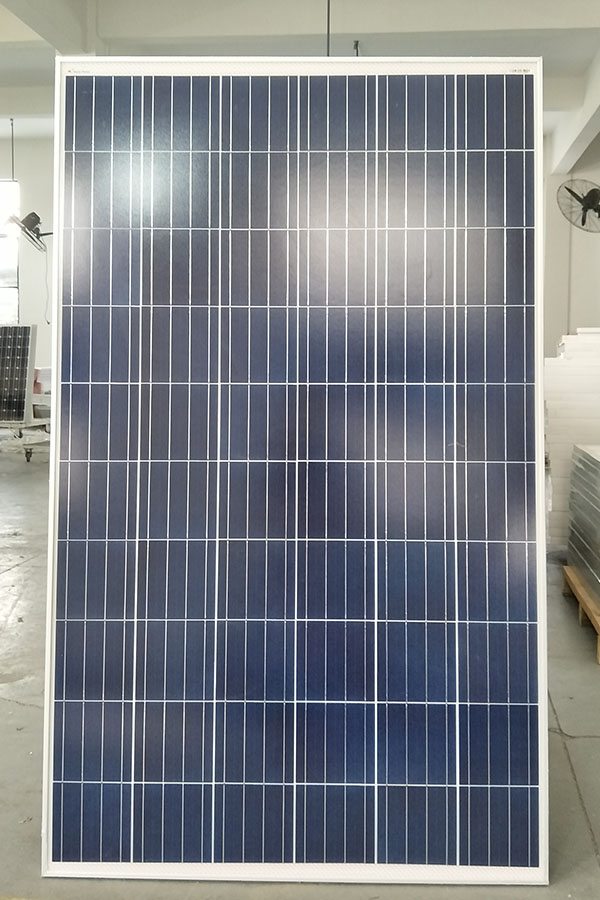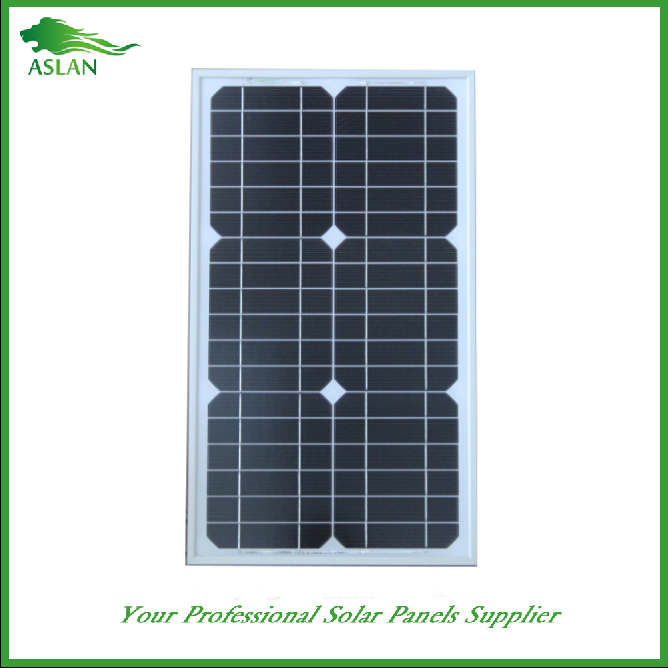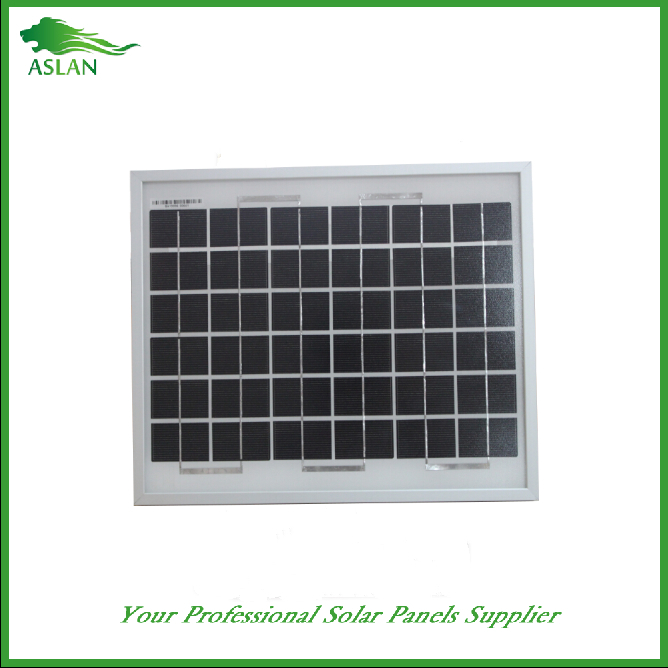Reasonable price for Mono-Crystalline 50W Solar Panel Mexico Importers
Short Description:
"Control the quality by the details, show the strength by quality". Our company has strived to establish a highly efficient and stable staff team and explored an effective quality control process for Reasonable price for Mono-Crystalline 50W Solar Panel Mexico Importers, We sincerely welcome domestic and foreign merchants who calls, letters asking, or to plants to negotiate, we will offer you quality products and the most enthusiastic service,We look forward to your visit and your cooperation.
Technical parameter
Maximum Power(W) 50W
Optimum Power Voltage(Vmp) 18.72V
Optimum Operating Current(Imp) 2.67A
Open Circuit Voltage(Voc) 22.83V
Short Circuit Current(Isc) 2.94A
Mechanical Characteristics
Cell Type Monocrystalline 125×62.5mm
No of Cell 36 (4x9pcs)
Dimensions 636x554x25mm
Weight 4.2Kg
Front Glass 3.5mm,High Transmission, Low Iron,Tempered Glass
Junction box IP65 Rated
Output Cable TUV 1×4.0mm2/UL12AWG,Length:900mm
Temperature and Coefficients
Operating Temperature(°C): -40°C ~ + 85°C
Maximum System Voltage: 600V(UL)/1000V(IEC) DC
Maximum Rated Current Series: 15A
Temperature Coefficients of Pmax: -0.47%
Temperature Coefficients of Voc: -0.389%
Temperature Coefficients of Isc: 0.057%
Nominal Operationg Cell Temperature (NOCT): 47+/-2°C
Materials of solar panel
1).Solar Cell——Mono-crystalline solar cell 125*125mm
2).Front Glass——-3.2mm, high transmission, low iron, tempered glass
3).EVA——-excellent anti-aging EVA
4).TPT——-TPT hot seal made of flame resistance
5).Frame——anodized aluminum profile
6).Junction Box——-IP65 rated, high quality, with diode protection
Superiority: high quality anodized aluminum frame, high efficiency long life, easy installation, strong wind resistance, strong hail resistance.
Features
1. High cell efficiency with quality silicon materials for long term output stability
2. Strictly quality control ensure the stability and reliability, totally 23 QC procedures
3. High transmittance low iron tempered glass with enhanced stiffness and impact resistance
4. Both Poly-crystalline and Mono-crystalline
5. Excellent performance in harsh weather
6. Outstanding electrical performance under high temperature and low irradiance
Quality assurance testing
Thermal cycling test
Thermal shock test
Thermal/Freezing and high humidity cycling test
Electrical isolation test
Hail impact test
Mechanical, wind and twist loading test
Salt mist test
Light and water-exposure test
Moist carbon dioxide/sulphur dioxide
This gets convoluted REAL quick, so I’ve included a write up with the numbers. Your results would depend on a lot of variables affecting your own situation.
*-*-*-*-*-*-*-*-*-*-*-*-*-*-*-*-*-*-*-*
Please feel free to leave likes, subscribes and comments. They really do help.
SUBSCRIBE: http://tinyurl.com/jg2rdus
If you’d like to see if I can help you go solar and are in one of the areas I service, feel free to check your energy rates and or solar eligibility at the following link:
http://tinyurl.com/jd4oloe
*-*-*-*-*-*-*-*-*-*-*-*-*-*-*-*-*-*-*-*
A few days ago, a buddy of mine asked me how I liked my Chevy Volt and if it made financial sense. Woo! That’s a loaded question with a complicated answer that’s somewhat convoluted depending on your personal situation. I’ve had to answer this question so many times that I decided to break down my financial experience with my 2013 Ford C-Max Energi over 3 years because I had the best data from that. I’ll include links to references as well as how you can capitalize on this the way I did. Feel free to check my math as I did this fairly quick, and took a lot of averages and worst case scenarios on the EV side of things. The point of this video is to help you think more holistically about your energy usage and how you can potentially turn an depreciating liability (namely your car) and home energy expenses into an asset.
2013 – 4 dollars a gallon for 93 octane fuel, $450 a month with Mustang and Mazdaspeed 3, roughly 112 gallons a month, or 28 gallons a week, filling up every 3 days or so.
Year one fuel savings 5400. Assuming 250 a year in fuel costs (14 gallon tank at $50 a fill up for 5.. if that fill ups a year), first year savings was 5150.
Tax incentives and trade in on Mazdaspeed 3 reduced payments to 350 a month, saving 100 dollars a month on car payments as well, for an addition 1200. Total savings year 1 was 6350.
http://www.connecticutgasprices.com/retail_price_chart.aspx
High prices fell to 2.50 by 2015. 280 a month saved.
2 years averaging 2.50 a gallon in CT turns into 6720 in savings. Minus 500 for typical gas useage brings savings with lower gas prices to about 6250.
2 more years saving 100 a month in payments = 2400
Total saved on gas and payments vs performance cars, $15,000. Car was turned in on stock tires, with free oil changes in 38000 miles of usage in 36 months. Total cost of lease term 12,600.
Now to break down electricity costs…
https://ycharts.com/indicators/connecticut_electric_utility_retail_price
38,000/36 = 1,055 miles a month. Assuming 50 charges at 21 miles
2013 – .16 5.5 kwh = .88 cents/Charge $44.23 a month in electric usage $265.38 half first year.
2014 – .18 5.5 kwh = .99 cents/Charge $49.23 a month in electric usage $590.76 Second year
2015 – .20 5.5 kwh = 1.10 cents/Charge $55 a month in electric usage $660 Third year
2016 – .18 5.5 kwh = .99/Charge $49.23 a month in electric usage $295.38 second half third year.
$1,810 to drive 38000 miles all electric with worst case scenario range per kwh. Roughly 10x cheaper than comparable gas expenses.
At today’s rates of .17 cents per kwh (combined delivery and generation in CT), 5.5 kwh would be 93 cents. A car getting 21 miles per gallon equivalent (which is the minimum I’d get out of 5.5 kwh) would pay 2.28 or so a gallon.
So that brings us to what about if we didn’t have to pay for fuel? If you purchase panels, you’ll receive tax credits and other incentives for purchasing panels. Mine for instance cost me $26,000 for a 6.6 kw system. Once all was said and done however, the actual cost to me was $12,000. My average electric bill before the car was $150. $1800 a year saved in normal electric costs by going solar. It’d have taken almost 7 years to get a ROI. By adding in fuel savings, ROI on investment could be as little as 2-3 years depending on the cost of gas and electricity. Taking the lease costs of 12,600 on the car plus the 12,000 for the solar panels, which comes to 24,600 in total cash outlay after tax credits and incentives. $25,800 ($15000 in gasoline and lower payments – 5400 in free electricity for driving – 5400 more in free electricity used by my family) – 24,600 (Car and Solar panel investment) = $1200 positive cash flow over 3 years. That means for 3 years, I was basically being paid $33.33 a month to buy solar panels and lease a PHEV.
Quick overview of the QEX10 Solar Cell Quantum Efficiency Measurement System DC Mode operation procedure. The procedure for other PV Measurements QE systems is similar.
Learn more about this system at http://www.pvmeasurements.com/Quantum-Efficiency-Measurements/QEX10-Cell-QE/IPCE/Spectral-Response-Measurement-System/


